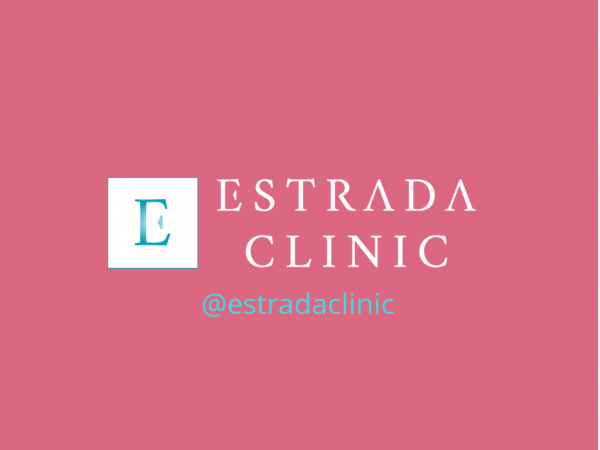A recent survey published as “Failing the Frail” discovered that only a third of care home staff have attended training about continence care in the past year. Is this problem something which we are simply pushing to one side?
This piece of research is not alone in highlighting this issue. Recently, a panel of incontinence experts attended a round table discussion hosted by the Nursing Times in association with Essity, TENA’s parent company. They concluded that improved continence care and better training for nurses is required. The prevalence of incontinence increases in older adults and individuals in care homes, so this problem is one that should not be ignored.
Accepting Incontinence as a “Side Effect”
Perhaps the main issue associated with this problem is the tendency to dismiss incontinence as a normal side effect of a person’s disability. Whether this be Parkinson’s, Dementia or a nerve disease, incontinence is often brushed aside and not paid attention to as a separate disorder. Joanne Strain, head of nursing at Four Seasons Healthcare, reported challenges in securing continence advice for care home residents. Her argument is that incontinence is often passed as something inevitable and normal. She asserts, “getting someone to come in to do assessments is quite difficult, because they’re in a care home, they’ve got Dementia– every ailment somebody in a care home has tends to be attributed to Dementia.” Author Offermans EP states, “with incontinence issues being accepted without a thorough assessment, incontinence individuals are resigned to a culture of “padding up”. Incontinence is also not an easy or “glamorous” topic to talk about. Poor continence care is a contributory factor to pressure ulcers and skin irritation. Nearly 700,000 people are affected by pressure ulcers each year, across all care settings. This creates a financial burden on the NHS of between around £1.4 and £2.1 billion every year. Good continence care plays a vital role in preventing these problems before they can arise. Continence assessments can be a great way to keep residents healthy and free from further issues.

What are Continence Assessments?
They may sound formal and controlling, however continence assessments do not mean taking the independence of a resident. The idea of a continence assessment is to understand what a resident requires and how far they can take care of themselves. After assessing a patient’s needs, staff should encourage them to do as much as they can for themselves. The purpose of the assessment is to help identify the many different causes and contributing factors resulting in urinary and faecal symptoms. Continence assessments should include the following points:
- How often the person goes to the toilet to urinate and defecate per day
- An analysis of their independent ability – for example, whether the person can feed, dress and bathe on their own
- Possibility of physical or sexual abuse, including female genital mutilation
- Typical Diet and Fluid Intake
- Any medications being taken –
- Cognitive Factors: does the person recognise the need to go to the toilet or do they forget where the toilet is?
- Current or previous medical history (including pregnancy and urine infections)
- A rough estimate of the amount of urine passed per day
- Whether the leakage is urine or faeces
- Visual description of the faeces is this is the issue
- Their Mobility: could physical or environmental factors be causing leaks?
- Lifestyle factors, including recreational drugs, alcohol, smoking and weight

Continence assessments are proactive, cost effective and a health necessity. This practice is vital in preventing problems such as neglection, humiliation, lack of independence and misunderstanding. It can sometimes be hard for individuals with learning disabilities or cognitive impairments to express themselves. If a nurse is overbearing or hindering their freedom, they are often unable to tell Nurses of how they feel. Alternatively, a resident could become neglected if their severity of incontinence is underestimated and not properly assessed. Undertaking a holistic continence assessment ensures appropriate care is provided. This can dramatically increase the quality of life of a patient. It can also prevent any issues that The National Institute for Health and Care Excellence suggests that a referral should be made for investigate if an individual has “red flag” symptoms. Nurses should be able to recognise symptoms of haematuria, urinary tract infections, catheter blockages and related bladder and bowel problems. It should also be an opportunity to check in with residents and evaluate their lifestyle. If they seem to be overweight, it is important to consider ways they can stay healthy. If it appears that stress and anxiety is worsening their incontinence, they should consider healthy ways to help them relax. As Abrams et al asserts “continence assessments require the assessment of the whole patient rather than just his or her urinary symptoms”. If needed, Nurses should refer residents to specialists for useful advice and treatment options. It is the goal of a continence assessment to bring to light the perfect treatment path for each individual.

Ultimately, urinary or faecal incontinence is not the resident’s fault, nor is it a normal part of ageing, and perhaps frequent training and assessments are needed for Nurses to recognise this importance. Anne Marie McManus, Clinical nurse specialist at Central London Community Healthcare Trust, argued: “we need more awareness with district nurses and in care homes about continence and how important it is- and dignity and privacy too”.
Originally posted 2018-08-20 15:05:20.












Leave a Reply